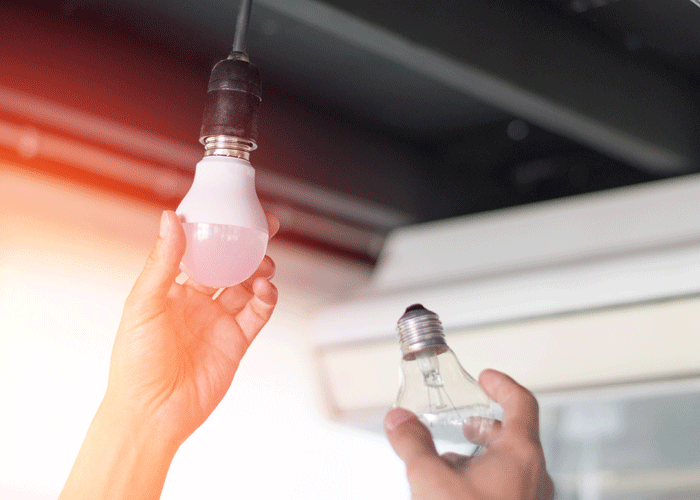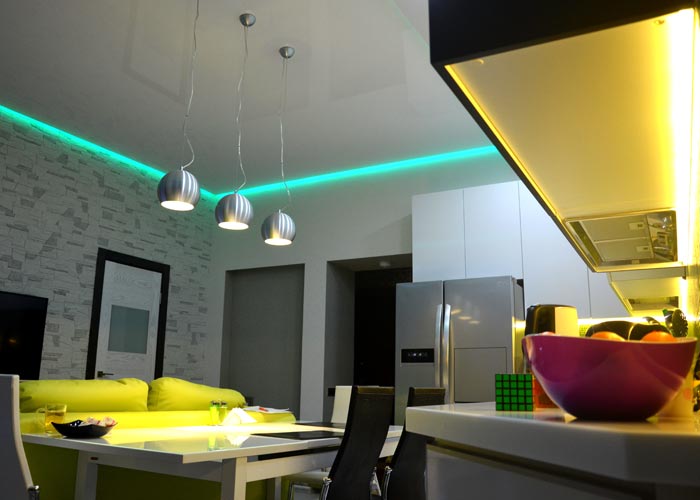More and more homeowners and landlords are feeling the squeeze of rising energy costs.
For many, the kWh cost, in particular, is concerning – and this is only going to get worse as the colder months steadily creep closer and days get colder and shorter.
Luckily, there are ways that you can reduce energy consumption to lower the costs of kWh.

One of these ways is switching to LED bulbs. Here’s why switching to LED is better for your wallet:
They require less electricity to power
The main appeal of LED bulbs is that they require less electricity to power than other types of bulbs. This includes:
- Halogen bulbs
- Incandescent bulbs
- Fluorescent bulbs
This results in lowered kWh costs because LED bulbs consume less electrical energy to run at the same brightness, if not brighter, than older bulb types. Such efficiency is the result of years of research, which has paid off in the form of significant energy savings for LED users.
They have a greater level of flexibility
As LEDs are individual diodes, there is a range of different methods of using them. Some opt for the single LED bulb in the centre of a room, but others benefit from using LED strips. Using an LED strip across the length of a room uses less energy than using bulbs whilst still ensuring complete light coverage throughout the space.
LED strips provide complete flexibility of light coverage, so you have no need to use two or three fluorescent or halogen bulbs as a way of lighting up a more complex space. Turn to LED to both make your life easier and save some energy on the side.

They have low risk of faults occurring
One of the risks of using a traditional bulb is not that it will completely blow, but that it will struggle with a minor fault. For example, sometimes bulbs suffer from smaller issues such as the bulb’s brightness dimming over time.
This means that whilst you’re still using the exact same amount of power for the bulb, you’re getting a tiny proportion of the light you need for your property.
LEDs have an incredibly low failure rate, as stated in this report, which means that you retain a high level of light output throughout your time with an LED. Your kWh costs are lower than a traditional bulb and your light is more effective.




